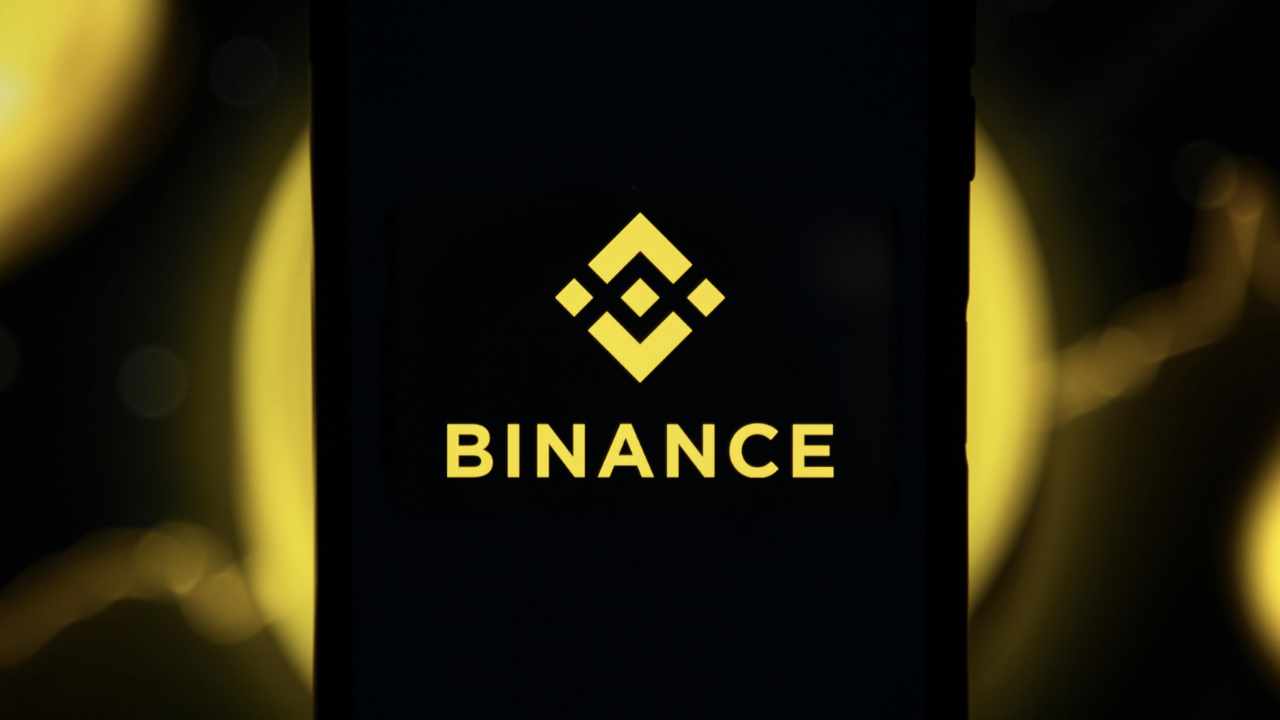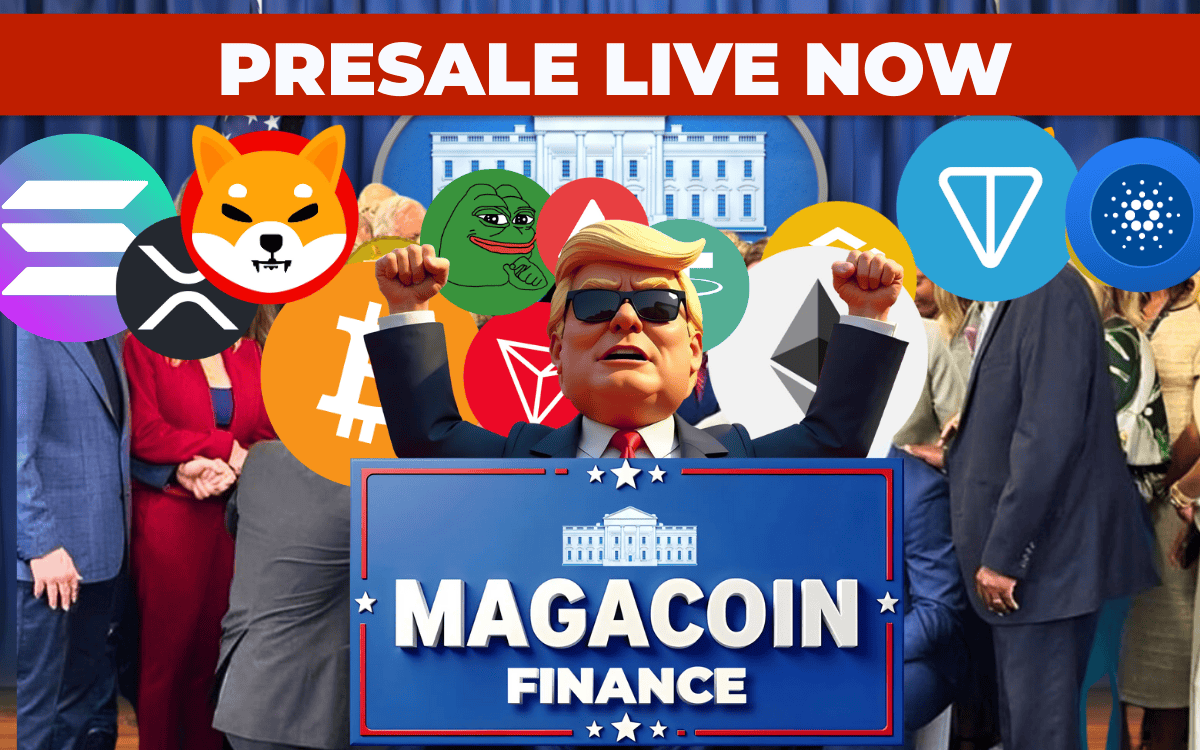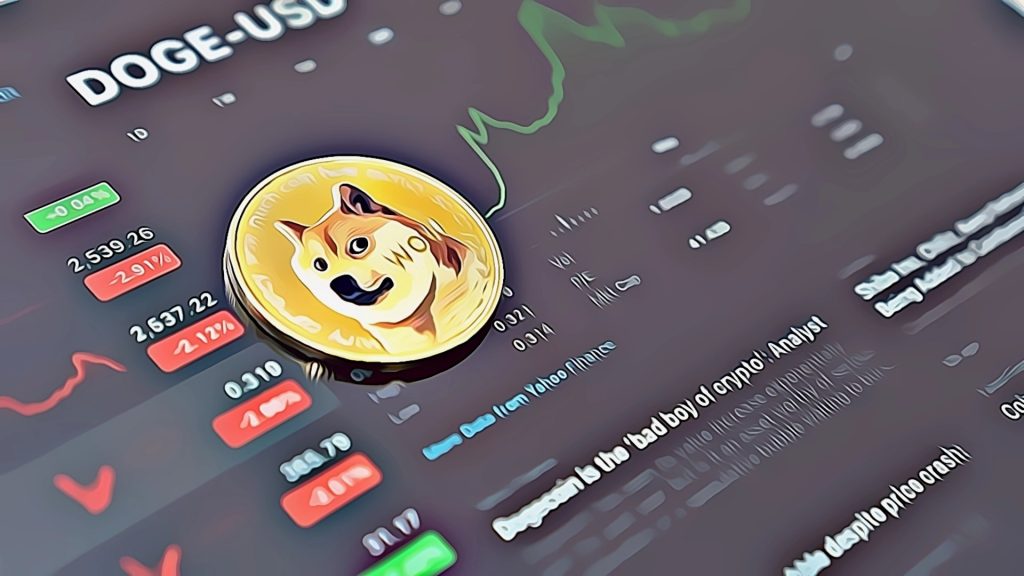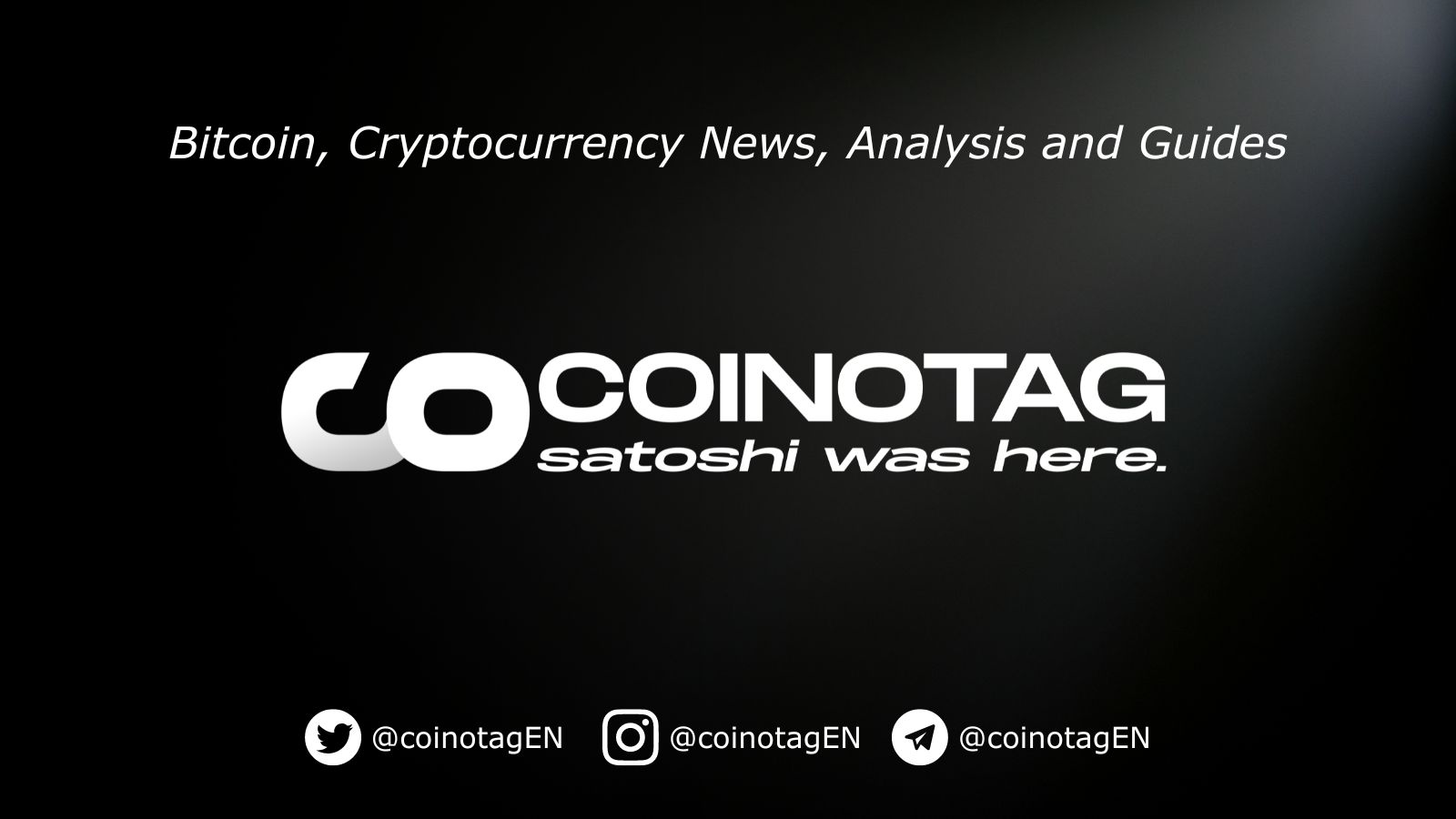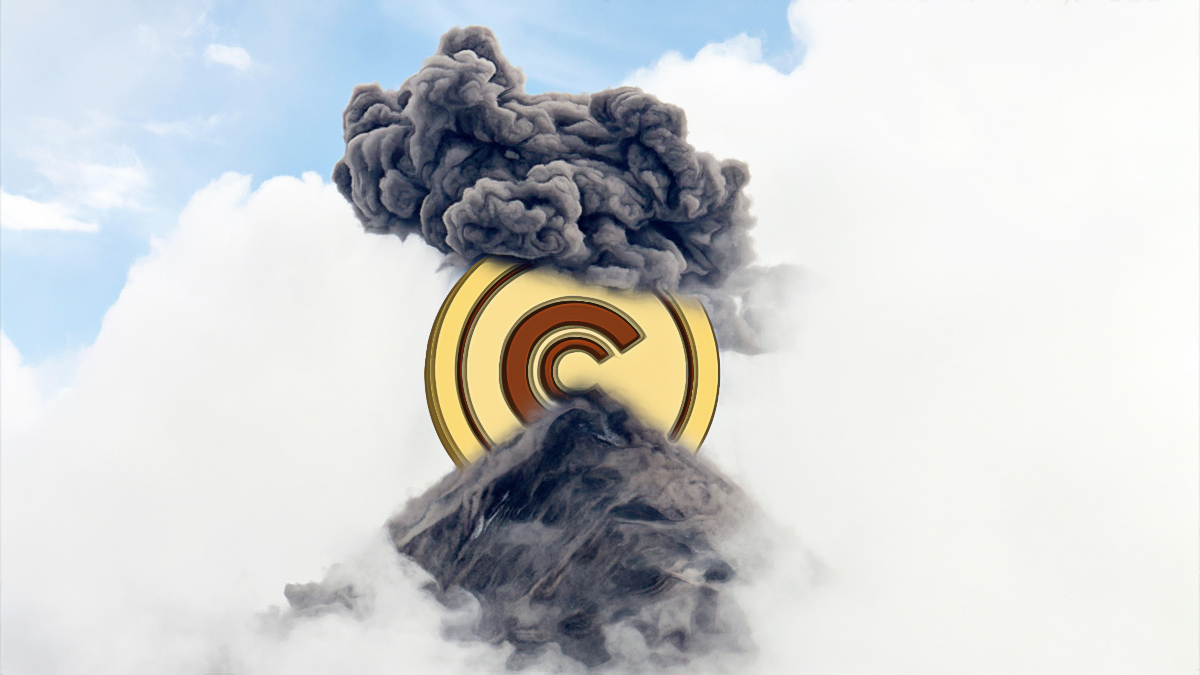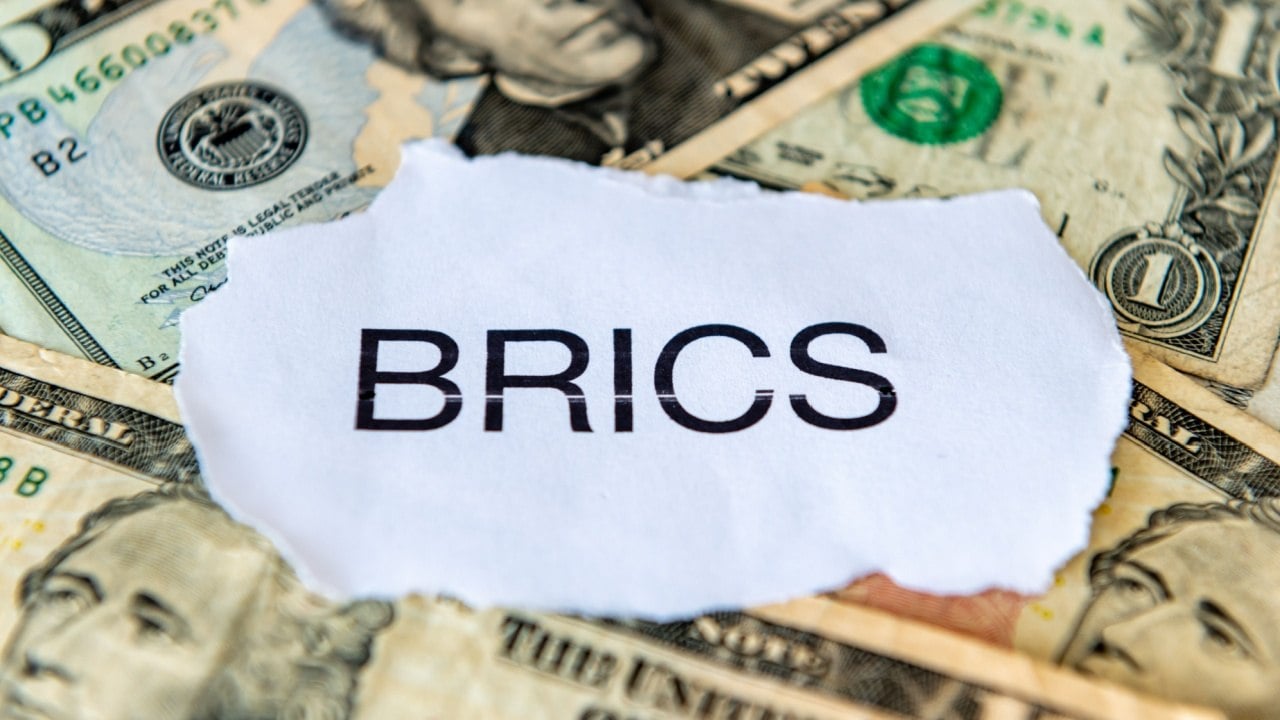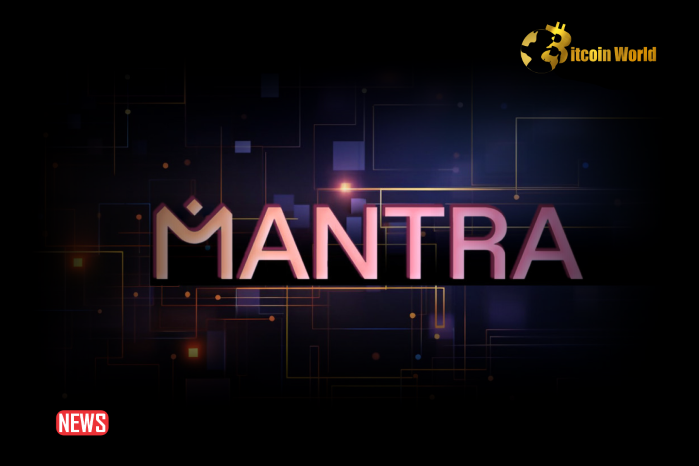
In a dramatic turn of events that sent ripples through the crypto community, the price of the OM token recently experienced a significant plunge. Amidst swirling rumors and concerns, the community looked to MANTRA DAO for answers. Delivering a keynote address at the prestigious 2025 BTCON RWA Summit in Seoul, MANTRA CEO John Patrick Mullin stepped forward to address the elephant in the room – the OM token crash . Let’s dive into what he revealed and what it means for the future of OM and MANTRA DAO. Decoding the OM Token Crash: What Really Happened? Mullin wasted no time in tackling the burning question: What caused the sudden and concerning drop in the OM token’s value? Setting the record straight, he explicitly stated that the incident was not the result of a hack or an exploit. This immediately dispelled some of the more alarming speculations circulating online. Instead, Mullin pointed towards a potentially more insidious culprit: a possibly illegal and unfair margin call. Here’s what we know so far, according to Mullin’s address: No Exploit or Hack: Mullin firmly denied any security breach as the cause of the OM token crash . This is crucial information as it rules out vulnerabilities in the MANTRA DAO platform itself. Margin Call Suspicions: The CEO suggested that the crash might be linked to an “illegal and unfair margin call.” This implies that certain accounts faced unexpected liquidations, potentially triggering a cascade effect on the token’s price. Investigation Underway: Mullin assured the audience that MANTRA DAO is taking this matter extremely seriously. Strong responses are being formulated, and a thorough post-mortem analysis is in the works. This initial clarification is a vital first step in understanding the situation. But what exactly is a margin call, and how could it be “unfair” or “illegal”? Unpacking the Margin Call Mystery in Crypto Market Volatility In the volatile world of cryptocurrency trading, margin trading allows users to borrow funds to amplify their trading positions. However, this leverage comes with risks. If the price of the asset moves against the trader, and their position falls below a certain threshold, a margin call is triggered. This requires the trader to deposit more funds to maintain their position or face liquidation – the forced selling of their assets to cover the borrowed amount. An “unfair” or “illegal” margin call, as suggested by Mullin, could imply several scenarios: System Glitches: Technical errors on the trading platform could lead to incorrect margin calculations and unwarranted liquidations. Market Manipulation: Malicious actors could intentionally manipulate market prices to trigger margin calls and profit from forced liquidations. Breach of Terms: The margin call might have violated the agreed-upon terms and conditions between the platform and its users, making it potentially illegal. Understanding the specifics of this potential margin call is now paramount. The crypto market volatility is notorious, but fair and transparent trading practices are fundamental for trust and stability. Mullin’s suggestion of an “unfair” or “illegal” action raises serious questions about market integrity and user protection. Reassuring Words: No Team or Partner Token Sell-Off Adding another layer of reassurance, Mullin made a definitive statement regarding token sales. He emphatically declared that neither he, his core team, the Swiss team associated with MANTRA DAO, advisors, investors, nor key partners had sold any OM tokens during this period of OM token crash . This is a significant commitment and serves to: Build Trust: It directly addresses concerns about insider selling, a common fear during price drops in crypto projects. Demonstrate Confidence: It signals that key stakeholders remain confident in the long-term prospects of MANTRA DAO and the OM token. Separate Actions from Internal Factors: It further reinforces the idea that the crash was likely caused by external factors rather than internal issues or lack of faith in the project. This declaration is a powerful message to the MANTRA DAO community and the wider crypto space. In times of uncertainty, transparency and clear communication from leadership are crucial. Mullin’s direct denial of any internal sell-off is a strong step in regaining confidence and mitigating fear. What’s Next for MANTRA DAO and the OM Token? While Mullin’s address provided crucial initial insights, many questions remain. The crypto community eagerly awaits further details and the promised post-mortem analysis. Here are some key aspects to watch out for in MANTRA DAO’s upcoming updates: Detailed Explanation of the Margin Call: A comprehensive breakdown of what triggered the suspected unfair margin call, which accounts were affected, and the extent of the liquidations. Measures to Prevent Recurrence: Information on steps MANTRA DAO and associated platforms will take to prevent similar incidents in the future, enhancing user protection and platform security. Legal and Regulatory Responses: Details on any potential legal actions or regulatory engagement to address the alleged illegal margin call and ensure accountability. Community Support Initiatives: Potential measures to support users who may have been unfairly impacted by the liquidations, demonstrating MANTRA DAO’s commitment to its community. The OM token crash serves as a stark reminder of the inherent volatility and risks within the cryptocurrency market. However, it also highlights the importance of transparency, accountability, and strong leadership in navigating such challenges. John Patrick Mullin’s prompt response and commitment to a thorough investigation are encouraging signs. The coming weeks will be critical for MANTRA DAO as they work to uncover the full truth, implement necessary safeguards, and rebuild trust within their community. In conclusion, the OM token crash is a developing story. While the immediate aftermath has been concerning, MANTRA CEO John Patrick Mullin’s swift and reassuring address at the RWA Summit offers a glimmer of hope. By denying internal sell-offs and pointing towards external factors like a potentially unfair margin call, Mullin has initiated a path towards clarity and resolution. The crypto community now waits with bated breath for the promised post-mortem and further updates, hoping for decisive action to restore confidence and ensure a more secure and transparent future for MANTRA DAO and the OM token. To learn more about the latest crypto market trends, explore our article on key developments shaping Bitcoin price action.
Bitcoin World
You can visit the page to read the article.
Source: Bitcoin World
Disclaimer: The opinion expressed here is not investment advice – it is provided for informational purposes only. It does not necessarily reflect the opinion of BitMaden. Every investment and all trading involves risk, so you should always perform your own research prior to making decisions. We do not recommend investing money you cannot afford to lose.
Ethereum Price Fights for Momentum—Traders Watch Key Resistance

Ethereum price started a fresh decline below the $1,620 zone. ETH is now consolidating and might attempt to recover above the $1,620 resistance. Ethereum started a fresh decline below the $1,620 and $1,600 levels. The price is trading below $1,620 and the 100-hourly Simple Moving Average. There was a break above a connecting bearish trend line with resistance at $1,590 on the hourly chart of ETH/USD (data feed via Kraken). The pair could start a fresh increase if it clears the $1,615 resistance zone. Ethereum Price Faces Hurdles Ethereum price struggled to continue higher above $1,690 and started a fresh decline, like Bitcoin . ETH declined below the $1,600 and $1,580 support levels. It even spiked below $1,550. A low was formed at $1,538 and the price is now attempting a recovery wave. There was a move above the $1,580 level. The price climbed above the 23.6% Fib retracement level of the downward move from the $1,690 swing high to the $1,538 low. Besides, there was a break above a connecting bearish trend line with resistance at $1,590 on the hourly chart of ETH/USD. Ethereum price is now trading below $1,620 and the 100-hourly Simple Moving Average. On the upside, the price seems to be facing hurdles near the $1,600 level. The next key resistance is near the $1,615 level or the 50% Fib retracement level of the downward move from the $1,690 swing high to the $1,538 low. The first major resistance is near the $1,655 level. A clear move above the $1,655 resistance might send the price toward the $1,700 resistance. An upside break above the $1,700 resistance might call for more gains in the coming sessions. In the stated case, Ether could rise toward the $1,750 resistance zone or even $1,800 in the near term. Another Drop In ETH? If Ethereum fails to clear the $1,615 resistance, it could start another decline. Initial support on the downside is near the $1,5750 level. The first major support sits near the $1,540 zone. A clear move below the $1,540 support might push the price toward the $1,480 support. Any more losses might send the price toward the $1,420 support level in the near term. The next key support sits at $1,400. Technical Indicators Hourly MACD – The MACD for ETH/USD is losing momentum in the bearish zone. Hourly RSI – The RSI for ETH/USD is now below the 50 zone. Major Support Level – $1,540 Major Resistance Level – $1,655 Bitcoin World

US vs. Korea: The Surprising Split in Bitcoin (BTC) Trader Behavior
There is a notable divergence in Bitcoin investor behavior between the US and Korean markets. Amid heightened global uncertainty, which is fueled by escalating US-China trade tensions, Bitcoin has experienced a sharp correction, though recent signs point to stabilization. Interestingly, the Coinbase Premium, a metric that reflects the price difference of Bitcoin on Coinbase versus global exchanges, is showing signs of recovery. After tightening through a series of lower highs and higher lows since March 2024, the premium has recently begun to trend upward, which suggests a renewed buying interest from US-based institutional and retail investors. This activity coincides with Bitcoin’s modest rebound and signals that Coinbase traders may be positioning ahead of broader market shifts. On the other hand, the Korea Premium Index paints a more cautious picture. The metric, which typically signals increased activity among South Korean retail investors, has remained in a downtrend throughout the correction and only saw a delayed uptick after Bitcoin had already rallied. This lag indicates waning enthusiasm from Korean investors compared to previous cycles, where they were often early and aggressive participants. The contrasting behavior highlighted a shift in market influence, with Western platforms like Coinbase now leading price discovery. As such, CryptoQuant stated that while the Korea Premium may serve as a lagging indicator in this cycle, the Coinbase Premium could offer forward-looking insights into demand trends. Despite ongoing macroeconomic headwinds, the strengthening Coinbase Premium hints at growing confidence and a potential medium- to long-term recovery in Bitcoin’s trajectory. The post US vs. Korea: The Surprising Split in Bitcoin (BTC) Trader Behavior appeared first on CryptoPotato . Bitcoin World


